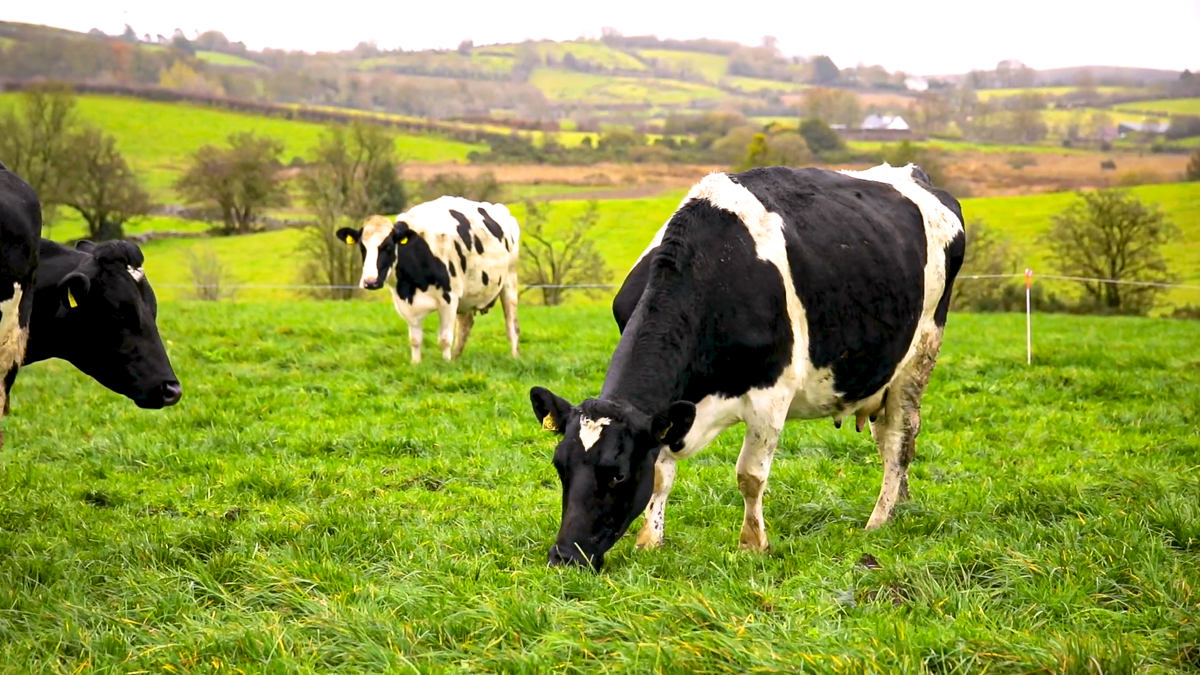Now’s the time to set your farm up for the grazing season ahead with a spring rotation planner (SRP).
The SRP is a simple and easy-to-use tool to ensure that you have sufficient grass until the end of the first rotation.
If ground conditions allow, it is important that cows are let out to grass as early as possible post-calving.
Benefits of early turn-out:
- Stimulated grass growth;
- Reconditioned swards for the year ahead;
- Reduced feed costs;
- Increased milk output.
The SRP allocates a proportion of your farm each day – from your chosen turn-out date – to the start of your second rotation (usually 100 days later).
The grazing targets are: 30% by the end of February; 60% by March 17; and 100% by early April.
Teagasc outlined that the plan can vary between farms depending on when the turn-out date occurs.
Typically it is February 1-5 for drier farms and 10-12 days later for wet/heavy farms.
It is important to stick to the SRP and not graze more or less of the recommended daily area per day. Grazing more than the daily area could result in running out of grass before ‘magic day’ or even affect future growth rates going into the second round.
A strip wire is very useful this time of year as it allows you to allocate the recommended area in 12-hour blocks and helps in reaching the target residual of 3.5-4cm.
Wet weather management
The fear of wet weather can stop farmers turning animals out to grass early in spring. February can be a much drier month than March and April. The main criterion for spring grazing is a flexible attitude.
Do not be afraid to turn animals out early and bring them back in if soils get too saturated. Any increase in the proportion of grass in the diet will pay dividends.
On/off grazing has been successfully used on farms to retain animals at pasture during periods of heavy rainfall.
On/off grazing is where the animals are let out to grass with an appetite (feed is restricted when indoors).
It is also used as a strategy for earlier turnout of animals on heavier soil types; when you see animals start to lie down or walk about, bring them back into the shed.

